Ochakiv Military History Museum
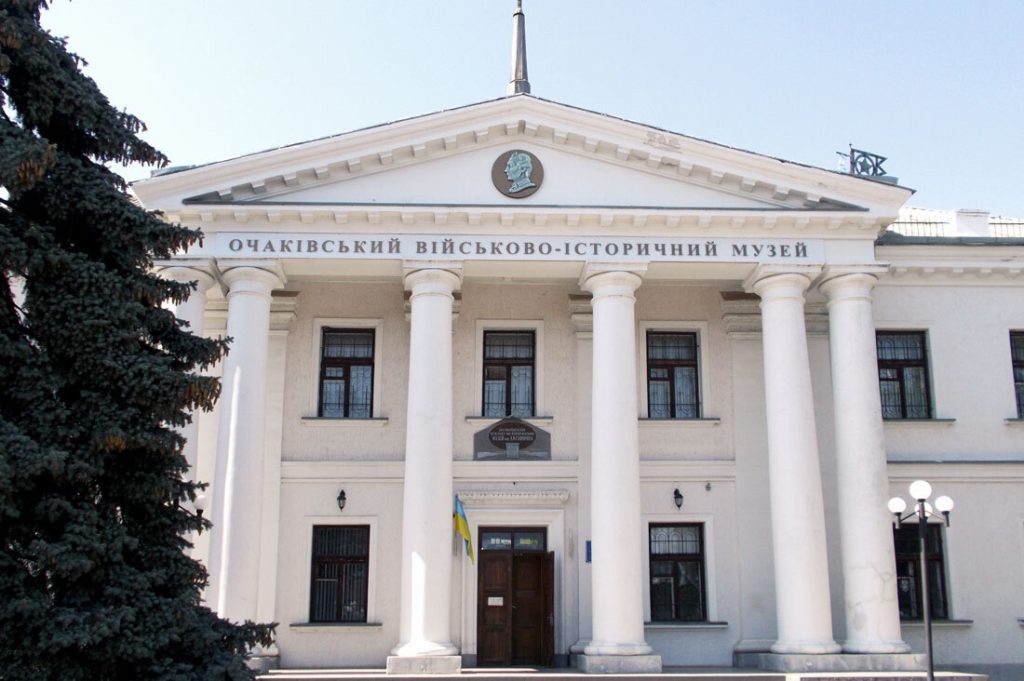
The Ochakiv Military History Museum was established on July 7, 1972, in St. Nicholas Cathedral (formerly a Turkish mosque). It has since relocated to the city center and, after extensive renovations, has been welcoming visitors since 2008.
The 2000 articles of the museum’s exposition in three halls cover the region’s history from post-antique settlements to the events of WWII. The first section of the exposition is dedicated to the development of the Black Sea steppes by the Eastern Slavs of Kyivan Rus in the 9th-10th centuries and the Northern Black Sea region’s faring within the Polish-Lithuanian state.
The second section of the museum’s exposition is dedicated to the Turkish-Tatar rule in the territory of the Northern Black Sea region between the 15th and 17th centuries, the foundation of the Ochakiv fortress, and the Kinburn fortification. The artifacts from this period, including coins of the Tatar Khanate, jewelry, and details of military equipment, were discovered during the 1997-1998 Ukrainian-Turkish archaeological expeditions led by professors Svitlana Bilyaeva and Boskurt Ersoy, and they provide invaluable insights into this era.
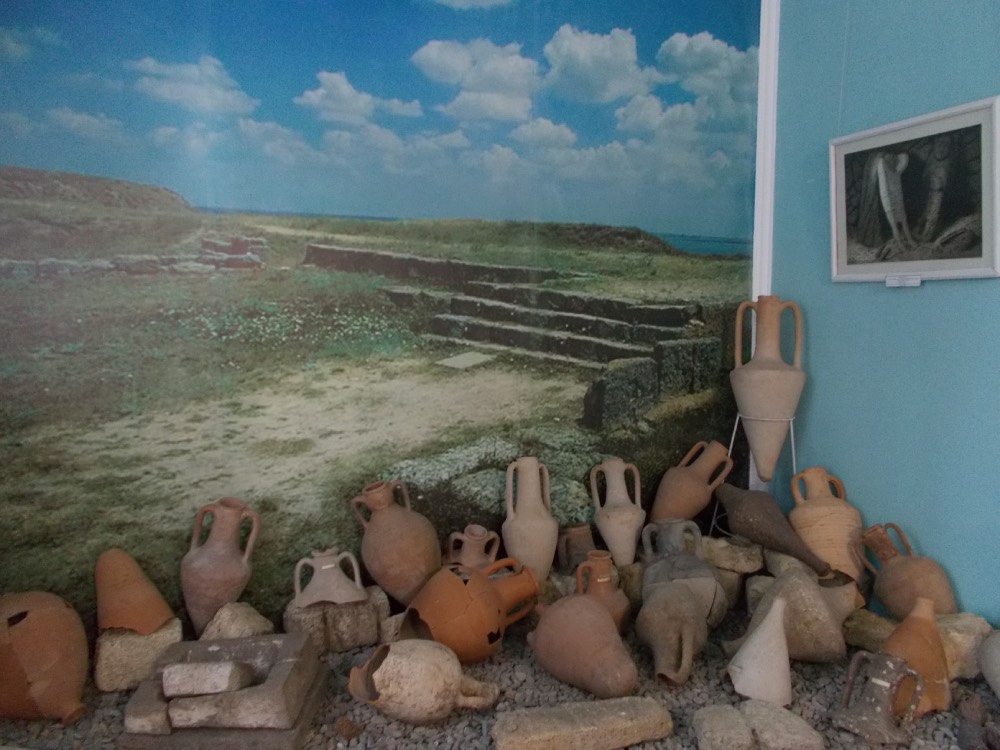
The third section of the exhibition relates to Zaporizhia Cossacks’ campaigns to the walls of the Ochakiv fortress, telling stories about Dmytro (Bayda) Vyshnevetskyi, who rescued many enslaved people from the fortress in 1556, Petro Konashevich-Sagaidachny, who became famous for sea campaigns against the Turks, and Ivan Sirko, who undertook a very successful military maneuver and released Orthodox prisoners from the Ochakiv fortress in 1669. Visitors are invariably amazed at the collection of smoking pipes, a cauldron for cooking, samples of weapons, and a mock-up of a Cossack rowboat, “Chaika,” authored by Roman Dohar.
Next, the exposition highlights the struggle between Russia and Turkey for the Black Sea coast. Paintings, engravings, dioramas, firearms and melee weapons, awards, trophy banners, coins, Turkish seals, etc accompany this part of the exposition.
The next section of the exposition tells how the district town of Ochakiv rose on the ruins of the fortress in 1792. Residents’ personal belongings, photos, and documents complete the city’s social and economic life story. There are copies of drawings and layouts of a unique hydrotechnical structure – the island of the Mykolaiv Prymorska battery on the Ochakivskyi (Kinburnskyi) raid of the Dnipro-Buh estuary.
Materials about the highlights of WWI, revolutions, and the civil war in the Ochakiv area introduce the visitors to the participants in these events. Other exhibits depict the region’s post-war development.
The last section of the exposition highlights the events of WWII. A small naval garrison, the basis of which was the Ochakiv Fortified Coastal Defense Sector units of the Odesa Black Sea Fleet Naval Base, led the defense. On August 21, 1941, enemy troops invaded Ochakiv, starting the 955-day occupation. The city housed the Romanian prefecture, gendarmerie, and military court. Ochakiv was liberated from occupation on March 31, 1944, by the troops of the 5th Strike Army of the 3rd Ukrainian Front.

The museum boasts a variety of permanent exhibitions, each offering a unique perspective. From the works of ‘Ukrainian artist Amvrosy Zhdakha’ to the ‘Echoes of the Ancient World’ and the ‘Chronicles of military affairs,’ there is something to captivate every visitor. The open-air exhibition area also showcases a range of weapons and ship equipment from the 18th to 20th centuries, a true treasure trove for history enthusiasts.
As Ochakiv is under constant enemy fire, the museum remains closed. However, the staff continues to work, developing a new concept to reopen for visitors as soon as possible.
Branches
-
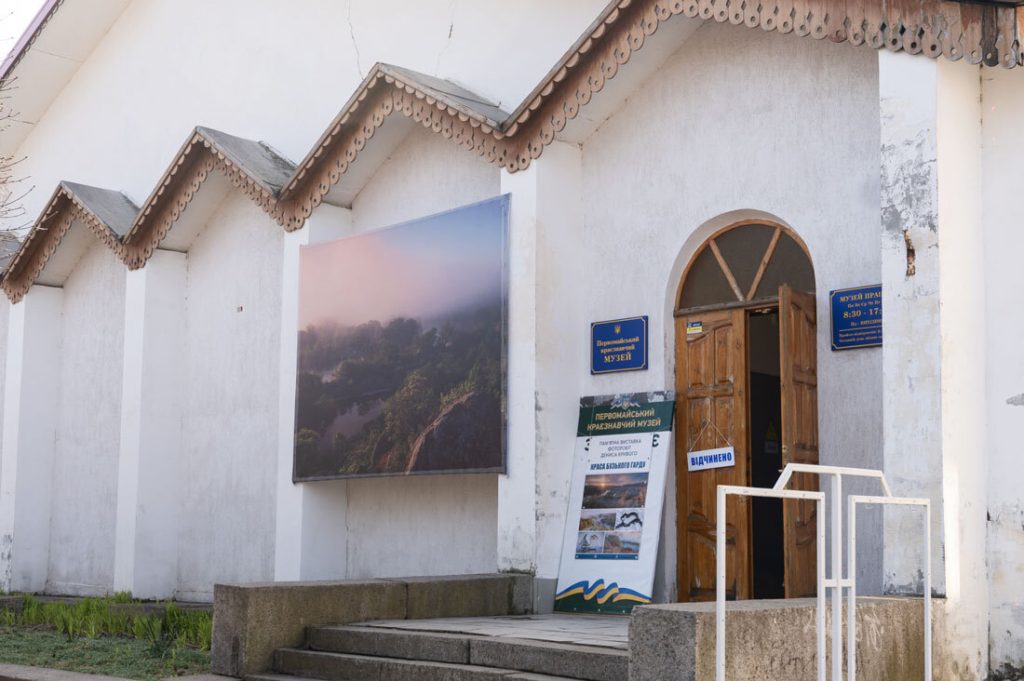 To the branch page
To the branch pagePervomaisk Local History Museum
The exhibition tells about the natural features of Pervomaishchyna and Ukrainian decorative and applied art.
-
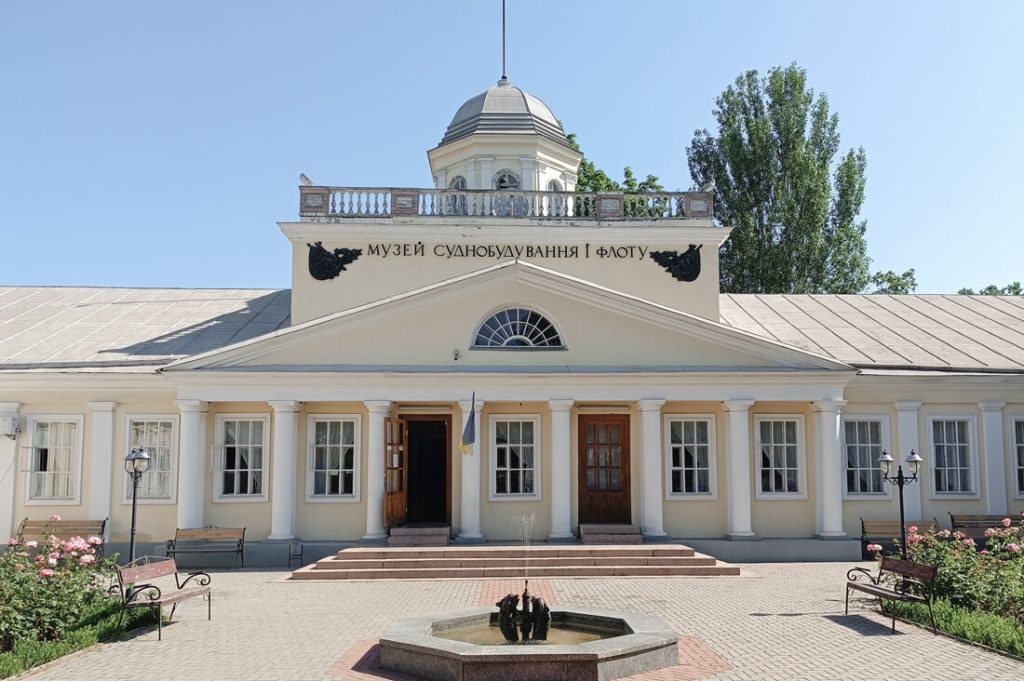 To the branch page
To the branch pageMykolaiv Shipbuilding and Fleet Museum
The pearl of the Shipland and the business card of Mykolaiv.
-
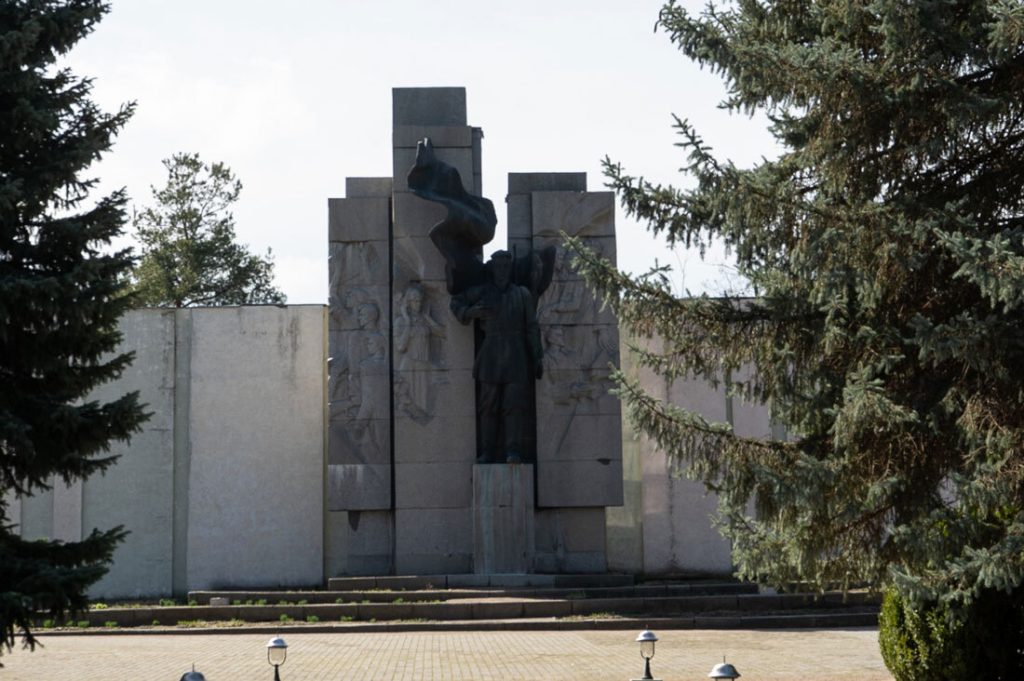 To the branch page
To the branch pageMuseum “Partyzanska Iskra”
The history of the struggle of underground youth organizations against the occupation in Soviet times.
-
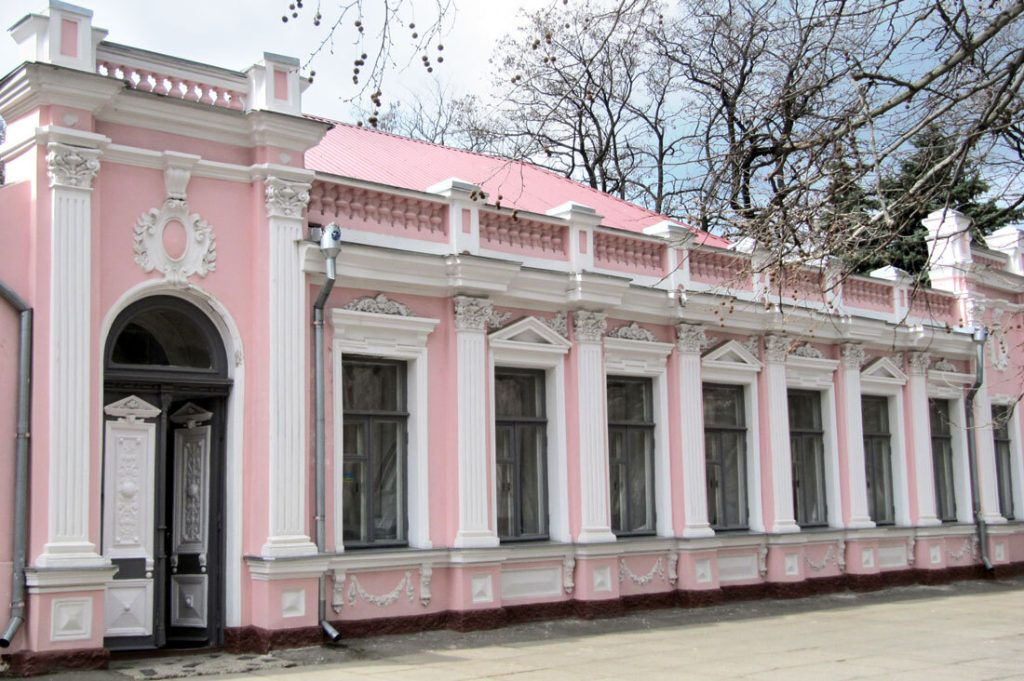 To the branch page
To the branch pageMykolaiv Military History Museum
During the Nazi occupation, 110 underground groups and organizations and two partisan detachments operated in the region, the activities of which are presented in the museum exhibition.